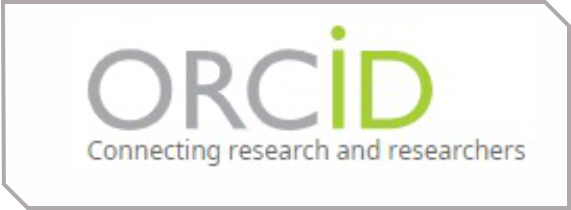Perspectives On Using Pilis For Holistic Healing During Postpartum Period
DOI:
https://doi.org/10.55606/ijhs.v4i1.3452Keywords:
holistic healing, pilis, postpartum periodAbstract
All Indonesian people who utilize traditional health services are motivated by history, living environment, and customs. During postpartum many mothers experience anxiety that has no known cause, so in reducing anxiety pilis is given as a therapy that is believed to provide calmness in postpartum mothers. If they do not use pilis, the Javanese community believes that there will be sawanan in postpartum mothers and their babies. The purpose of this study was to describe the perspective of using pilis in the holistic healing process of the postpartum period. This research uses a qualitative descriptive method with phenomenological studies. Researchers conducted interviews by revealing holistic healing of postpartum mothers in the Javanese tribe using pilis in Demak Regency. This research was conducted in the working area of the Mranggen II Health Center, Demak Regency, which still uses pilis on postpartum women. The technique of determining informants using accidental sampling. The community's perspective with pilis treatment for postpartum women can provide a sense of calm and relaxation to the mother, nourish the body, especially in reducing stress during postpartum due to lack of rest. Pilis treatment based on local wisdom, family, and community is used because the ingredients are easily available and the price is more economical compared to the use of modern medicine.
References
Boushra, M., & Rathbun, K. (2020). Postpartum Headache. Amerika Serikat: Perpustakaan: Buku NCBI.
Dahlan, A. K., & Mansyur, N. (2014). Asuhan Kebidanan Masa Nifas. Malang: Selaksa.
Fatmawati, R., & Hidayah, N. (2019). Gambaran Pola Tidur Ibu Nifas. Jurnal Ilmiah Rekam Medis dan Informatika Kesehatan, 9(2), 44-47.
Fitrianti, Y., & Angkasawati, T. J. (2015, April). Pengobatan Tradisional Gayo Untuk Ibu Nifas (Gayo’s Traditional Medication For Puerperal Mother). Buletin Penelitian Sistem Kesehatan, 18(2), 111–119.
Parsons, T., Staubmann, H., & Lidz , V. (2017). An Approach to the Analysis of the Role of Rationality in Social Action. Rationality in the Social Sciences, 53–57. doi:https://doi.org/10.1007/978-3-319-62377-1_4
Putri, N., & et al. (2021). Pelaksanaan Pelayanan Komplementer pada Masa Nifas di Praktik Mandiri Bidan Kabupaten Pringsewu. Jurnal Aisyah: Jurnal Ilmu Kesehatan , 6(1), 179–182. doi:DOI : 10.30604/jika.v6iS1.782
RISKESDAS. (2018). Laporan Nasional Riskesdas 2018. Jakarta: Kementerian Kesehatan RI.
Safari, F. N., & Sinaga, E. (2022). Pemanfaatan Pilis Wangi Dan Jamu Pasca Melahirkan Sebagai Terapi Tradisional Perawatan Nifas Di Wilayah Kerja Klinik Anugrah Binjai. Jurnal Pengabdian Masyarakat Aufa ( JPMA), 4(2), 39-45.
Sugita. (2016). Budaya Jawa Pada Ibu Postpartum Di Desa Candirejo Kecamatan Ngawen Kabupaten Klaten. Jurnal Kesehatan Al-Irsyad (JKA), 9(1), 25-34.
Sugiyono. (2018). Metode Penelitian Kualitatif. Bandung: Alfabeta.
Wahyuni, E. D. (2018). Asuhan Kebidanan Nifas dan menyusui. Jakarta Selatan: Pusdik SDM kesehatan.
WHO (World Health Organization). (2022). WHO recommendations on maternal and newborn care for a positive postnatal experience. Switzerland: World Health Organization. Retrieved from https://www.who.int/publications/i/item/9789240045989
Withers, M., Kharazmi, N., & Lim, E. (2018). Traditional beliefs and practices in pregnancy, childbirth and postpartum: A review of the evidence from Asian countries. Midwifery, 158-170. doi:DOI: 10.1016/j.midw.2017.10.019
Yuniantini, U. (2021). Perawatan Kesehatan Ibu Postpartum Bentan Pada Orang Melayu Di Pontianak : Studi Kasus. Jurnal Kebidanan, 11(1), 576-591.
Downloads
Published
How to Cite
Issue
Section
License
Copyright (c) 2023 International Journal Of Health Science

This work is licensed under a Creative Commons Attribution-NonCommercial-ShareAlike 4.0 International License.















